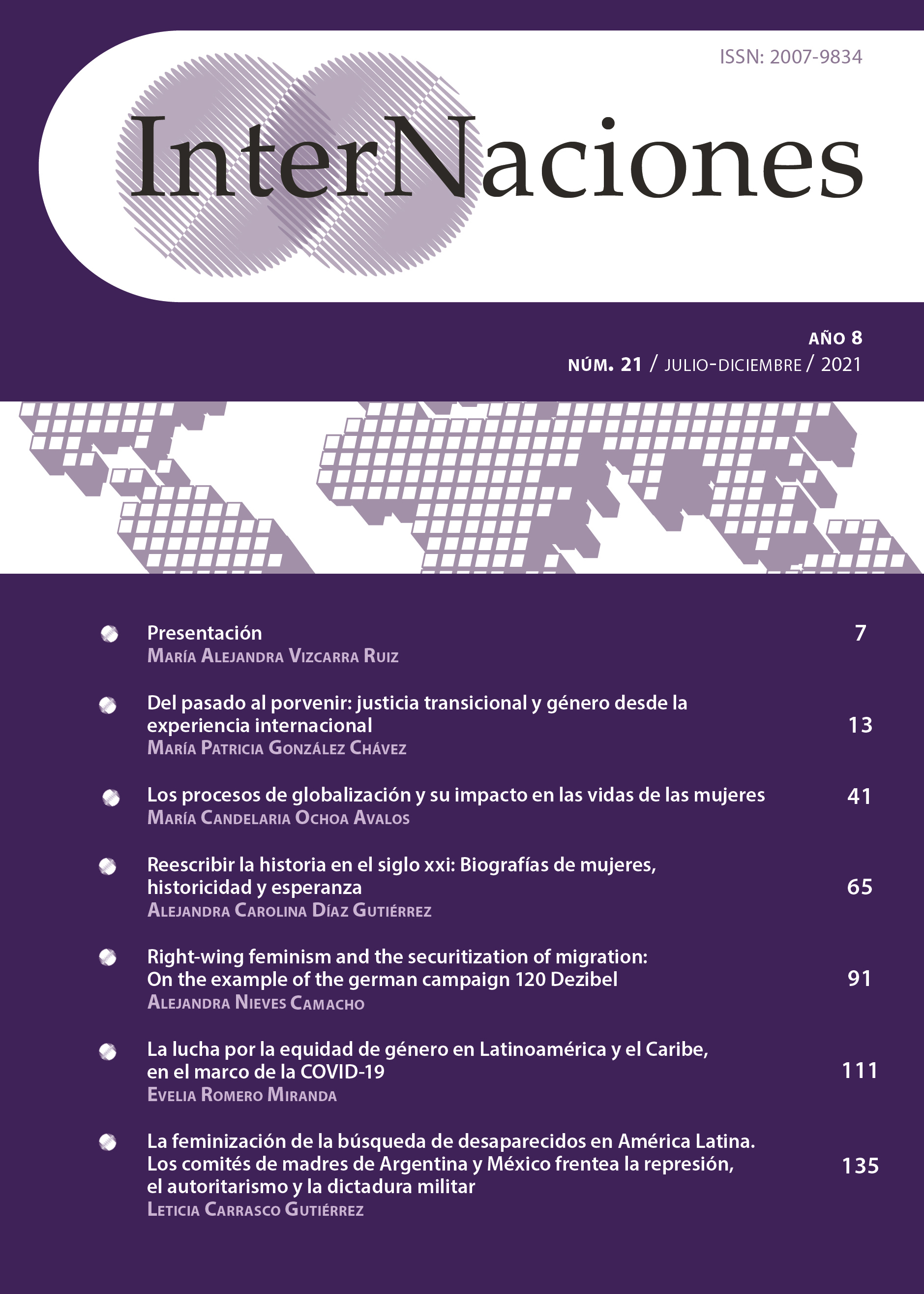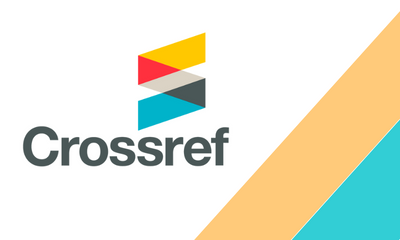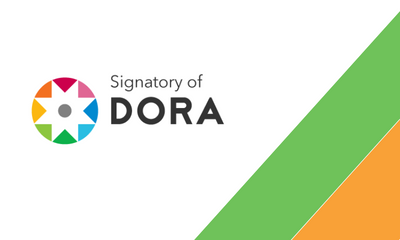From the past to the future: transitional justice and gender, in the international experience
DOI:
https://doi.org/10.32870/in.vi21.7180Keywords:
gender, Human Rights, transitional justice, inclusion, exclusion, equity, inequityAbstract
This article aims to provide a critical view of transitional justice from a gender perspective. By reviewing different experiences around the world, an attempt is made to identify common experiences and learnings. There are three conclusions obtained from this exercise: 1) The challenges: The inequity and structural exclusion of women, before, during and after conflicts; and, to overcome the vision of victims of women, to apply a comprehensive perspective of a gender approach. 2) Lessons learned: the relevance of the specificity of each context, highlighting the condition and needs of women; and, the integrality of the four dimensions of transitional justice: truth, justice, reparation and guarantees of non-repetition. 3) The need to apply the gender approach to the agendas of transition to peace and democracy, as a condition for building a more peaceful and truly inclusive future.Downloads
References
Ardila, D. (s. f.). Justicia transicional: principios básicos. Escola de Cultura de Pau - Universitat Autónoma de Barcelona. Recuperado de https://escolapau.uab.cat/img/programas/derecho/justicia/doc004.pdf
Bautista, A. J. e Infante, M. (2009). Crítica feminista a los procesos de justicia transicional de América Latina. Programa Andino de Derechos Humanos. Recuperado de https://www.uasb.edu.ec/UserFiles/369/File/PDF/CentrodeReferencia/Temasdeanalisis2/educacionenyparalosderechoshumanos/articulos/actualidad/criticafeministaalosprocesosdejusticiatransicional.pdf
De Greiff, P. (2006). Enfrentar el pasado: reparaciones por abusos graves a los derechos humanos. En De Gamboa, C. (ed.), Justicia Transicional: Teoría y Praxis (pp. 204-241). Universidad del Rosario. Recuperado de https://books.google.com.mx/booksid=0oYQpI7BhvwC&pg=PA480&lpg=PA480&dq=justicia+transicional+teoria+y+praxis+leer+en+linea&source=bl&ots=viINGzYUiN&sig=ACfU3U0v4tNRayd9zm8JNy0vNJx_l58Ylg&hl=es-419&sa=X&ved=2ahUKEwjAuNSg1K3hAhVO0KwKHRxcA_s4ChDoATAAegQICRAB#v=onepage&q=justicia%20transicional%20teoria%20y%20praxis%20leer%20en%20linea&f=false
Elster, J. (2006). Rendición de cuentas. La justicia transicional en perspectiva histórica. Buenos Aires: Katz.
Franke, K. (2005). Gendered Subjects of Transitional Justice. Columbia Journal of Gender an Law, (pp. 813-828). Recuperado de file:///C:/Users/PATRICIA%20GONZALEZ/AppData/Local/Temp/Franke__Final_Version_.pdf
González, M. P. (Julio 17, 2013). La Justicia Transicional: Un paradigma para comprender la historia y pensar el futuro. México Seguridad. Recuperado de http://mexicoseguridad.mx/la-justicia-transicional-un-paradigma-para-comprender-la-historia-y-pensar-el-futuro/
Guzmán, D. y Uprimny, R. (2010). Justicia Transicional desde abajo y con perspectiva de género. Colombia: Embajada de Canadá y UNIFEM. Recuperado de https://www.dejusticia.org/justicia-transicional-desde-abajo-y-con-perspectiva-de-genero/
Hamber, B (2007). Masculinity and Transitional Justice: An Exploratory Essay. Journal of Transitional Justice, Vol. 1, 2007, (pp. 375-390). Recuperado de https://pdfs.semanticscholar.org/3e70/ad04b7956cb8d4fe6975984d1a4f0b79033f.pdf
Llano, L. (2016). Las mujeres y la justicia transicional: el nexo entre la agenda de seguridad y la agenda de desarrollo (Tesis de Doctorado). Recuperado de https://repositorio.unican.es/xmlui/handle/10902/8455
Nesiah, V. (2006). Comisiones de la Verdad y Género: Principios, Políticas y Procedimientos. Serie Justicia de Género. Nueva York: Centro Internacional para la Justicia Transicional. Recuperado de https://www.ictj.org/es/publication/comisiones-de-la-verdad-y-genero-principios-politicas-y-procedimientos-0
Orduña, E., Sprenkels, R., Juárez, J. (Coords.) (2018). La justicia transicional en perspectiva comparada: Centroamérica y México. México: Centro de Investigaciones sobre América Latina y el Caribe (CIALC) de la Universidad Nacional Autónoma de México (UNAM).
Organización de las Naciones Unidas – ONU (2004). El Estado de Derecho y la Justicia de Transición en las Sociedades que Sufren o Han Sufrido Conflictos. Informe del secretario general. Consejo de Seguridad. Doc. S/2004/616 (3 agosto 2004). Recuperado de https://undocs.org/es/S/2004/616
Paz, C (2006). Guatemala: Género y reparaciones para las violaciones de derechos humanos. En R. Rubio Marin (Ed.) ¿Y qué fue de las mujeres? Género y reparaciones de violaciones de derechos humanos (pp. 102-147). Colombia: Centro Internacional Para La Justicia Transicional. Recuperado de https://www.corteidh.or.cr/tablas/r25593.pdf
Popovski, V. y Serrano, M., (Eds.) (2012). After Oppression: Transitional Justice in Latin America and Eastern Europe. Tokyo-New York-Paris: United Nations University Press. Recuperado de https://www.un-ilibrary.org/human-rights-and-refugees/after-oppression_51945aaa-en
Teitel, R. (2003). Genealogía de la Justicia Transicional. Título original: “Transitional Justice Genealogy”. Publicado en Harvard Human Rights Journal, Vol. 16, Spring 2003, Cambridge, MA, pp. 69-94. Traducido al castellano por el Centro de Derechos Humanos, Facultad de Derecho, Universidad de Chile. Recuperado de https://biblioteca.cejamericas.org/bitstream/handle/2015/2059/Teitel_Genealogia.pdf?sequence=1&isAllowed=y
Downloads
Published
How to Cite
Issue
Section
License
Copyright (c) 2021 University of Guadalajara

This work is licensed under a Creative Commons Attribution-NonCommercial-ShareAlike 4.0 International License.
CC BY-NC-SA 4.0 https://creativecommons.org/licenses/by-nc-sa/4.0/


























